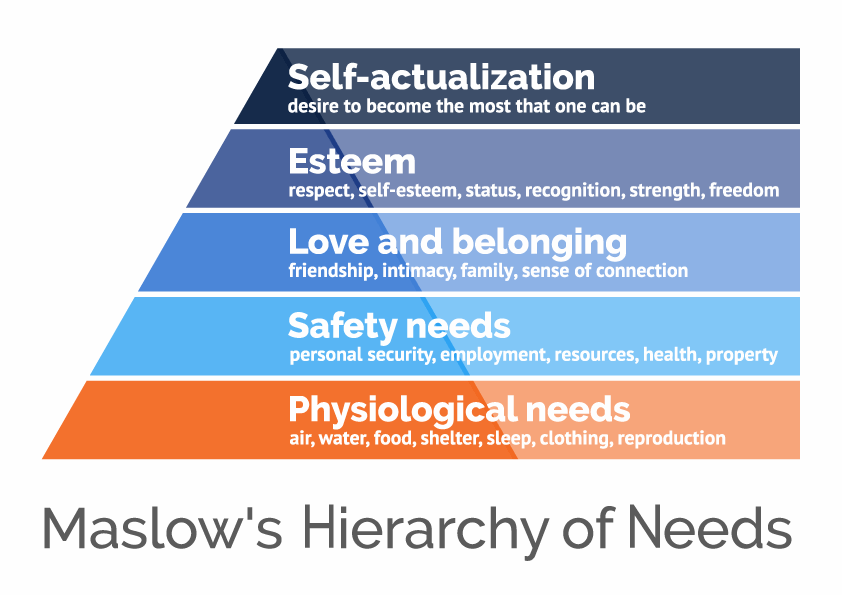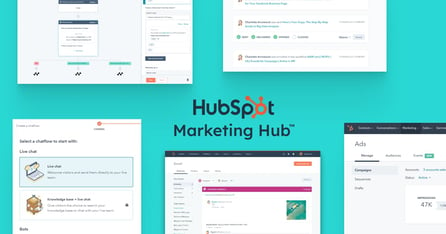3 Takeaways: Eugene Schwartz Breakthrough Advertising Book

Marketers can never rest. What works today won’t work tomorrow. Most books about marketing take a lot of time to write—and a short amount of time to become irrelevant. Most books, however, are not Breakthrough Advertising by Eugene M. Schwartz. This 1966 copywriting handbook remains a cult classic in the field of marketing. If you have time to read only one marketing book this year, read this one. Let me explain why.
Schwartz was a copywriter and a business owner. He was a practitioner, his ideas shaped by decades of experience. In many ways, he was ahead of his time. Some of the concepts outlined in Breakthrough Advertising were confirmed by marketing researchers and theorists many years later. Schwartz helps the reader understand an ever-changing industry by examining the only permanent force behind it: human desire.
Key Takeaways from Breakthrough Advertising
There are two ways to build a business: create a new product and make people want it, or create a product that gives people something they already want. Breakthrough Advertising champions the latter. The role of marketing, according to Schwartz, is not to create mass desire. It is to recognize the hopes, dreams, fears, and desires that exist in the hearts of millions of people and focus those desires onto a product or service.
Mass desire takes years to develop. It is shaped by social, economic, and technological factors far too complex for any single business to control. It is almost impossible, Schwartz argues, for any advertiser to spend enough money to create a new mass desire. “The desire must already be there. It must already exist. You cannot create it, and you cannot fight it. But you can direct it, channel it, and focus it onto your particular product.”
Maslow’s Hierarchy of Needs explains that humans must first meet their basic survival needs, such as food, water, and safety. Only then can they move on to needs of belonging, self-esteem, and, self-actualization. In developed economies, where basic human needs are largely met, the biggest opportunities lie in satisfying emotional desires.

From survival and safety to more complex needs of belonging and self-esteem, hundreds of desires determine human behavior. Your first job is to identify, understand, and prioritize the desires of your prospects. Your second job is to build a bridge in the prospect’s mind between their desire and your product.
How to Channel Mass Desire Into Your Product or Service
Long before the widely adopted Jobs to Be Done framework, Schwartz made a distinction between two dimensions of every product:
- The physical. The product itself: the steel, glass, paper, or the service that you provide.
- The functional. The product or service in action: a series of benefits your product delivers to the customer.
The physical product doesn’t sell, says Schwartz: “People do not buy the steel in a car, the glass in a vase, or the paper in a book. The physical part of your product only has value because it enables your product to do things for people. The important part of your product is what it does.”
It is the task of a marketer to associate the product they are trying to sell with the hopes, dreams, fears, and desires of the customer. This work is done in three stages.
1. Identify the Most Powerful Desire that Can be Applied to Your Product
While a single product can meet many desires, Schwartz argues that product positioning should be based on one. Even when a product has many functions, the customer should always be aware of the single, most important one. The marketing team, therefore, needs to identify the most powerful desire, and the product’s biggest “job to be done,” based on these questions:
- How urgent and intense is the desire?
- How lasting is the desire? How frequently does it manifest?
- How common is it? What is the number of people who share this desire?
This choice of critical desire is an essential step in building a marketing strategy for the product. All subsequent marketing communications will be based on this decision.
2. Acknowledge That Desire, Reinforce It, And/or Offer the Means to Satisfy It
Product messaging is a bridge between the product and the prospect. Every piece of communication needs to match the prospect’s level of awareness. Here’s an example:
| PROSPECT’S AWARENESS | PRODUCT MESSAGING |
|---|---|
| Aware of the desire, the problem to be solved, and the product | Starts with the product |
| Aware of the desire, but not the exact problem | Starts with desire |
| Unaware of the desire | Starts with the symptoms of desire |
Popular Posts
3. Bring the Product Benefits to Life: Show How the Product Inevitably Satisfies the Prospect’s Desire
Remember, people don’t buy the steel in a car. But what do they buy? Schwartz continues the automobile analogy:
“Every automobile offers its prospective owner several different and distinct sets of performances:
- It offers transportation. The ability to carry himself, his family, his luggage, and perhaps in the case of station wagons) his pets and his furniture from place to place.
- It offers dependability. The freedom from breakdown, stalling, poor performance, repair bills, embarrassment, and inconvenience.
- It offers economy. Inexpensive transportation: savings in both gas and oil; freedom from repair bills, seen this time from the point of view of the pocketbook: durability, high trade-in value, the low insurance cost.
- It offers power. The number of horses at his command; take-off at the lights: acceleration on hills and in traffic; top speed, even if he never uses it. All adding up to a feeling of dominance on the highway.
- It offers recognition. Admiration, status, subtle and accepted bragging, envy, the feeling of having arrived. The ohs and ahs of his neighbors, the first ride, the very smell of a new car.
- It offers value. The number of feet of steel he can command for the price. High trade-in value over the years. The fact that the car can last for 100,000 miles, even if he can afford to trade it in every year.
- It offers novelty: Power steering five years ago—electric door locks today. Three-tone paint jobs yesterday—iridescent paints now. The thrill of being the leader, the pace-setter, the proven pioneer.
And many more. Some of them hidden, never admitted, discovered only recently by motivation research.”
The marketing task, then, is to choose the feature of the product that feeds into the most powerful prospect’s desire. Then demonstrate, symbolically or explicitly, how this feature inevitably leads to the fulfillment of their desire.
Further Reading
This was just a nugget of some of the most valuable sections of Eugene Schwartz’s Breakthrough Advertising. If you can get your hands on a copy of the book, you should definitely do so. It’s a precious resource you’ll keep coming back to.
Did you find these ideas interesting? Has anything, in particular, caught your attention? We want to hear from you. Reach out to us to discuss your marketing challenges, or follow us on our social media accounts and join the conversation.




